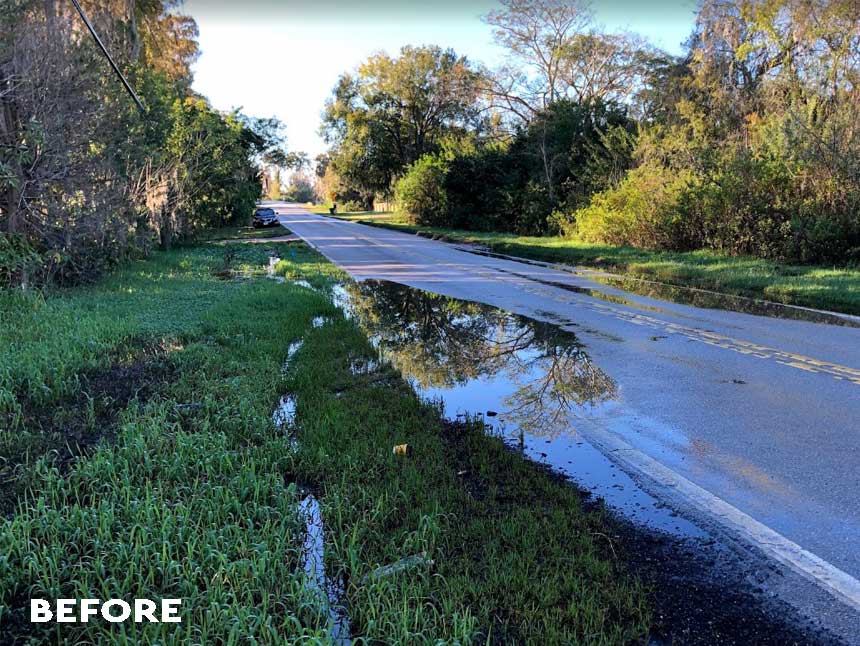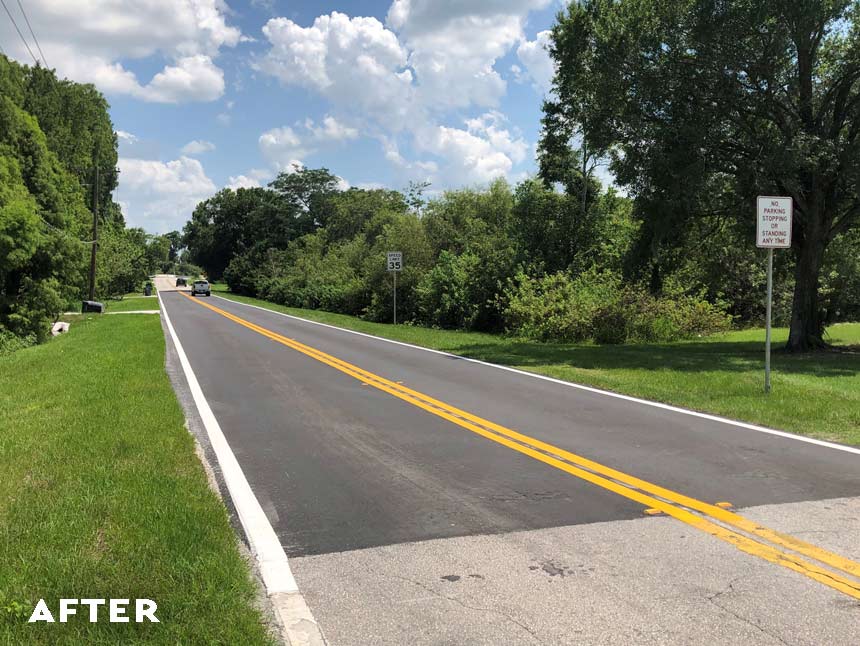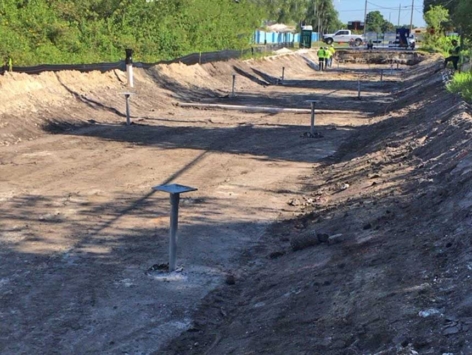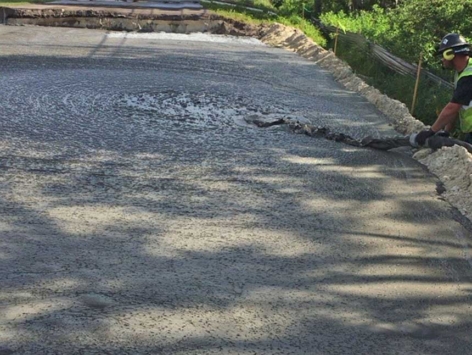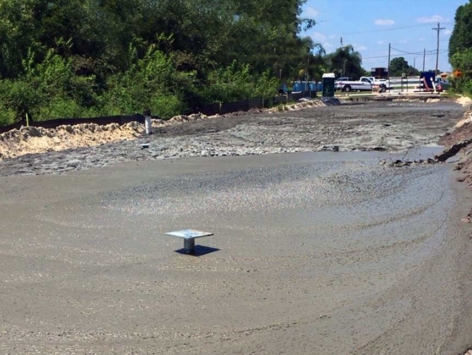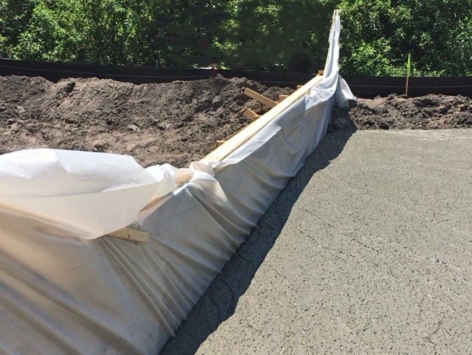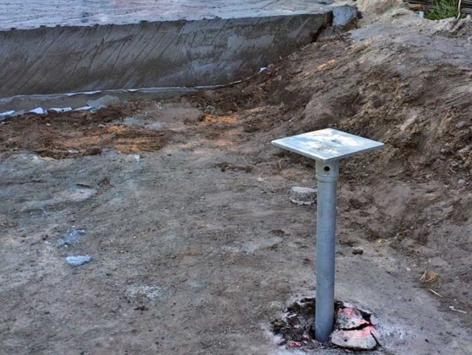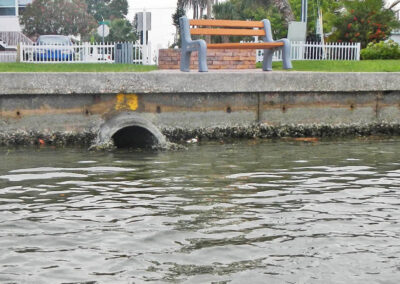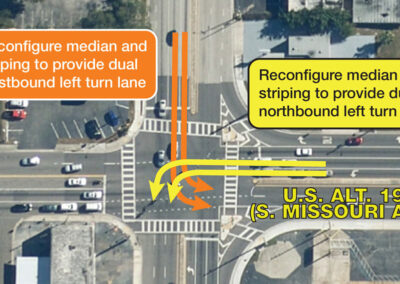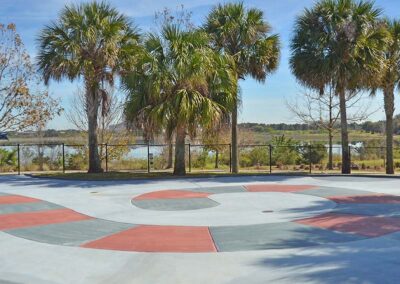West Lake Eloise Drive
Organic Soil Settlement Remediation
Winter Haven, Florida
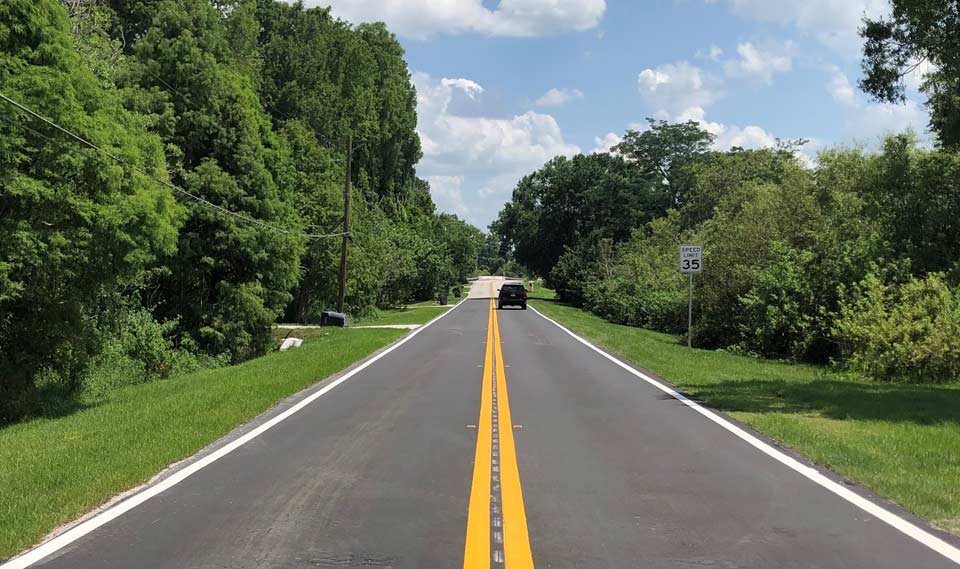
Owner
Polk County Roads & Drainage Division
Location
Winter Haven, Florida
Related Services
West Lake Eloise Drive
Organic Soil Settlement Remediation
Located between Lake Eloise and Lake Lulu, West Lake Eloise Drive in Winter Haven, Florida, is situated on low-level ground surrounded by water and marshes. Since its initial construction in the 1940s, the roadway had experienced continuous settlement with an estimated total settlement of more than four feet (at the worst location).
The settlement occurred due to extremely soft, organic sub-soils consisting of peat and muck, which also led to seasonal flooding, road closures, and expensive maintenance and construction costs. Over the years, approximately five layers of asphalt (with additional road base and fill soil layers) had been added to the roadway in attempts to mitigate these issues; however, the additional weight of those layers simply caused further settlement.
In 2017, Polk County decided that the roadway was in need of a more extensive evaluation and remediation that would include elevating the roadway by at least one foot. This project would require a unique backfill solution, as most traditional materials would have increased the weight placed on the soft sub-soils and further exacerbated settlement. Permeable low-density cellular concrete (PLDCC) presented a viable option that would decrease the weight placed on the underlying soils while also facilitating the elevation of the roadway and addressing the high water table present on both sides of the roadway. The use of PLDCC would also reduce the construction timetable, enabling the roadway to be re-opened as soon as possible. The project engineer, Madrid CPWG, based in Bartow, Florida, chose to use AQUAERiX™ PLDCC manufactured by Aerix Industries™ for this complex application.
The remediation of West Lake Eloise Drive began with dewatering the job site. While dewatering was in progress, the roadway was excavated and all existing material was removed, including all layers of sand, concrete, and asphalt. The extreme settlement of the roadway was evident during the excavation in the fact that two-thirds of the excavation, toward the center of the roadway, terminated within an existing asphalt layer while outer portions of the excavation terminated in sand and lime rock road base at the north end and exposed peat at the south end. Once the excavation was complete, the PLDCC was pumped into the three-foot-deep excavated area at a rate of 160 cubic yards per hour. A total of just over 1,400 cubic yards of AQUAERiX PLDCC was used at an average thickness of approximately 2.8 feet. After the PLDCC was placed and fully cured, eighteen inches of the concrete was compacted, and a layer of asphalt base was placed on top.
